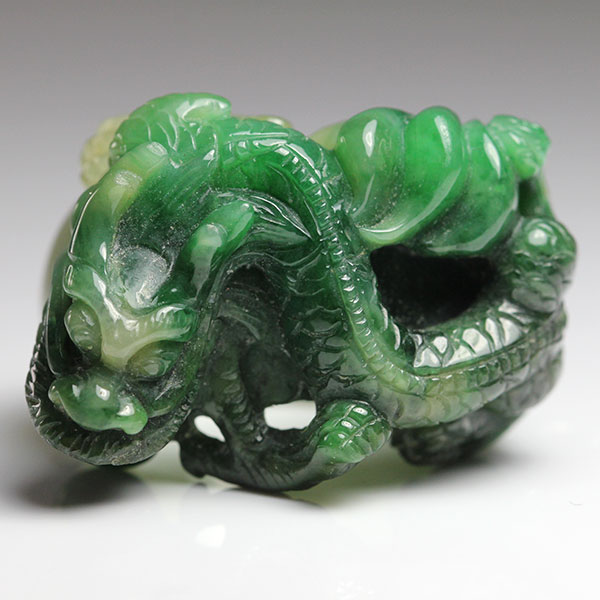

You can grow your plant on a sunny windowsill or use a ‘grow light’ if your plant is in the shade. Sunlight and Temperatureĭragon Jade plants flourish in bright indirect light.

Placing a humidifier beside your dragon jade plant is also a great way of increasing humidity. You can also keep tropical plants and succulents together in close grouping to increase humidity between them. This helps to increase the humidity in the atmosphere when the water evaporates. Ensure that you mist your plant in a well-ventilated area and don’t soak the plant’s leaves may suffer from rot.Īlternatively, you can place a tray of water and stones underneath your dragon jade plant. If you live in a dry or cooler area, you can provide your plant with humidity by misting, using a spray bottle every few days. They, therefore, need enough humidity to thrive. Humidityĭragon Jade plants are succulents that originate from a hot and humid environment. You should consider the following points when caring for your jade dragon. You can also choose to buy a mature plant rather than growing your own if you’d like some instant greenery to add to your home.ĭragon Jade plants are relatively easy to care for, but they do have some specific care requirements. Dragon Jade plants generally grow two to eight inches a year. It’s likely to take years to grow a mature plant if you’re propagating a cutting. They should be kept in rooms that have bright, indirect sunlight and require greater humidity than the average succulent.Ĭompared to many succulents, the dragon jade plant is relatively slow-growing. These plants naturally grow in hot, humid climates as they are native to Asia. The species is an epiphyte or air plant which can grow on trees and rocks.ĭragon Jade plants are beautiful plants that can be grown on a shelf, in a hanging basket or window sill, and will hang down and climb. They are unique plants that produce trailing tendrils which have small bubble-like structures. Dragon jade plants come from the family Apocynaceae, which is commonly referred to as the Milkweed family.


 0 kommentar(er)
0 kommentar(er)
